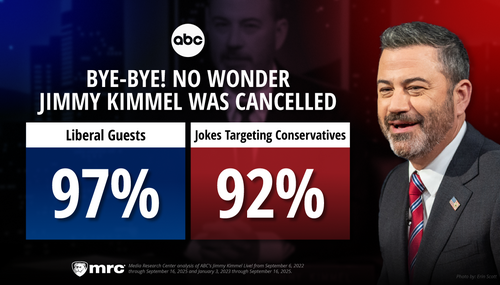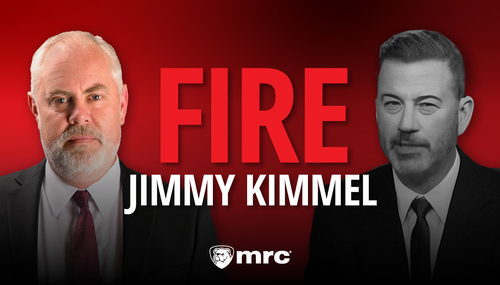Mollie concludes that the story's author, John Bowe, "clearly is a talented writer. But a story devoid of opposing perspectives on a controversial topic does not deserve to be in a major mainstream paper. Even if all mainstream papers are turning into publications with all gay news all the time." I think the error here is in assuming the New York Times is a "mainstream paper." It certainly is mainstream by virtue of its prestige and traditions, but it often reads like a heavier version of the Village Voice, especially on the cultural issues.
The New York Times Magazine cover article features commentary by sociologist and radical family activist, Judith Stacey, a signatory of the “Beyond Same-Sex Marriage” manifesto. (For more on Stacey’s radicalism, see “Zombie Killers.”) I am surprised, frankly, that the radical ideas pushed by the “Beyond Same-Sex Marriage” statement are making it into the mainstream so quickly, just as I was surprised by the advent of HBO’s “Big Love,” prior to the nationalization of same-sex marriage. The fact that family radicalism has already emerged so clearly is a telling sign of the sort of campaign we’re in for if gay marriage is nationalized. What was once the province of radical activists and academics is now on the cover of The New York Times Magazine. The next battle is queued up and ready to go, and clearly the campaign for same-sex marriage has played a huge role in making that possible.
Implicitly and explicitly, the NYT article makes the case for accepting this radical new family form–using arguments we’re familiar with from the battle over same-sex marriage. These families want the same thing as everyone else, we’re told. Structural novelty notwithstanding, it’s said that the day-to-day lives of these bold family experimenters are boringly normal. Yes, we’re told, there are problems and instability, yet the same can be said of conventional families. And we’re led to believe that many of the problems faced by these unconventional families stem from the lack of role-models and legal safeguards. That lays the groundwork for a “conservative case” for defining conventional marriage and family out of existence. Just give us the legal safeguards and social precedents for three- and four-parent arrangements and we can prevent many tragic misunderstandings between potentially warring adults. With an article like this on the cover of The New York Times Magazine, the “no radical constituency” argument is getting awfully tough to sustain. Family radicalism is being mainstreamed before our eyes.




